Survey on Social Football Competitions in China: City Leagues Flourishing, Four Major Types Coexisting
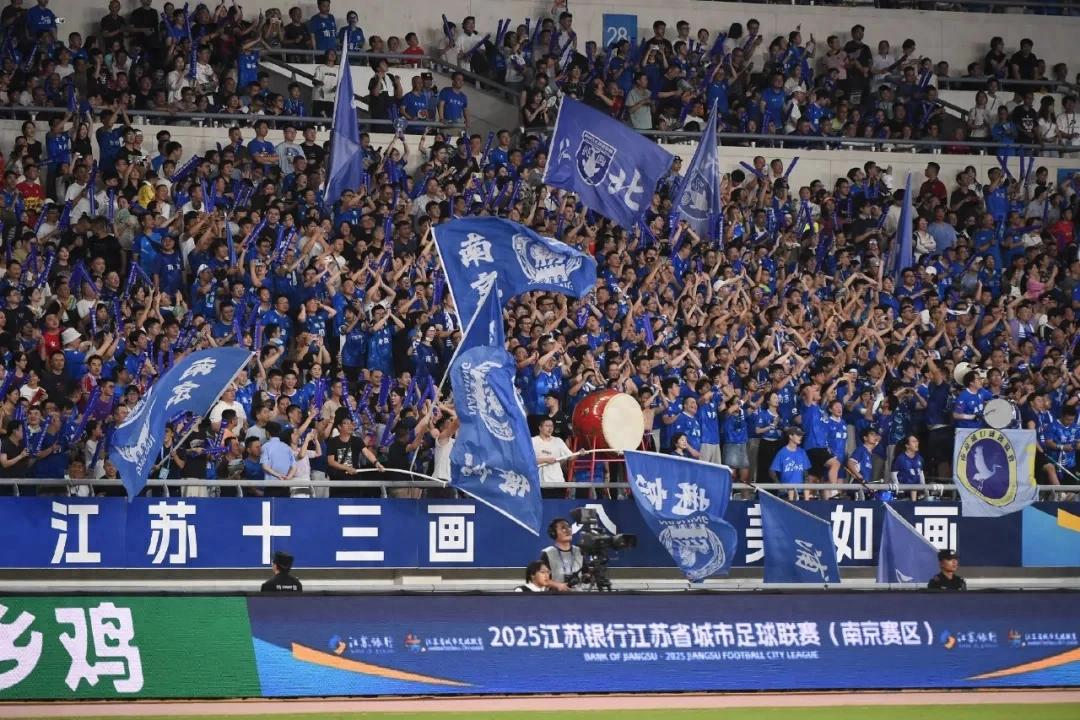
Chief Reporter Chen Yong reports In 2025, Chinese football is experiencing an unprecedented historic change, largely manifested in the emergence and boom of city leagues. Data indicates that following the "Su Super League," at least 10 provinces and municipalities such as "Gan Super," "Xiang Super," "Chuan Super," "Yu Super," "Meng Super," "Liao Super," "Qing Super," "Qiong Super," and "Dian Super" have launched city leagues, with even more leagues at the municipal level.
Besides city leagues, formal social football events also include "Village Super" and grassroots football competitions represented by national county-level football tournaments, as well as amateur club leagues such as the "Qilu Super League," "Guangdong Province Super League," and Qingdao City League. In addition to these official events, there are various social football invitational tournaments.

Su Super League On May 10, 2025, at 3 p.m., the Jiangsu Province City Football League 2025 kicked off. The "Su Super League" regular season featured 13 city teams playing a single round-robin, followed by an eight-team single-leg knockout stage. Initially, it was just an ordinary social football event, with some matches held outside stadiums, but the league’s popularity quickly exceeded the organizers’ expectations. After only four rounds, attendance soared: the first round averaged 7,745 spectators per match, the second round rose to 9,852, the third round surged to 15,025, and the fourth round climbed again to 25,974. From the fifth round onward, average attendance never fell below 30,000, with a record average of 39,614 spectators during the quarterfinals.
Starting from the third round, the "Su Super League" rapidly broke through boundaries, becoming a hot topic in public discourse and generating significant economic impact. During this process, other provinces and cities quickly followed suit by creating new city leagues or converting existing competitions into city leagues. Currently, no fewer than 10 provinces and cities have launched such leagues.
Qing Super League The "Beautiful Qinghai · Plateau Football" Super League was actually founded earlier than the "Su Super League," and this year marks its second edition, with the start date coinciding with Su Super on May 10. From this perspective, the "Su Super League" was not the pioneer of city leagues but undoubtedly a core promoter. The Qing Super League features 8 teams from two cities and six prefectures across the province, competing in a formal double round-robin format with a total of 14 rounds. The competition ended on September 23, with Yushu team crowned champions. Although smaller in scale, the Qing Super League is also popular, averaging over 10,000 spectators per match. The high-altitude football played at over 2,000 meters, especially the Yushu venue at 3,700 meters above sea level, adds unique appeal.

Gan Super League Following soon after the "Su Super League" was the "Gan Super League," the Jiangxi Province City Football Super League. Originally a club competition, it was converted into a city league this year. It began on July 12 and has completed the semifinals, with the final upcoming. The league format features 11 teams divided into North and South groups playing double round-robin, with the top eight advancing to home-and-away knockout rounds. The matches are equally popular: for instance, the quarterfinal between Ganzhou and Nanchang drew 50,168 spectators at Nanchang’s home and 42,089 at Ganzhou’s stadium.
Meng Super League The Inner Mongolia Autonomous Region Football Super League started on August 23. Considering the large distances between administrative areas, the "Meng Super" regular season is divided into three groups, with the top two teams from each group plus the two best third-placed teams advancing to the quarterfinals. The quarterfinals were initially planned as a centralized tournament during the National Day holiday but due to the event’s immense popularity, the format changed to home-and-away knockout matches, similar to the "Gan Super League." The quarterfinalists are now finalized. In the second round, both Tongliao and Chifeng venues attracted over 20,000 spectators each. The sixth round match between these two teams drew 35,277 fans in the stadium, with an additional 6,000 watching on large screens outside due to full capacity.
Xiang Super League The Hunan Province Football League began on September 7, with the opening match between Changsha and Loudi attracting 40,877 spectators. The "Xiang Super League" features 14 teams representing 14 prefecture-level cities. The format is a single round-robin, with the top eight advancing to knockout rounds. So far, five rounds have been completed, and the league will conclude in December.
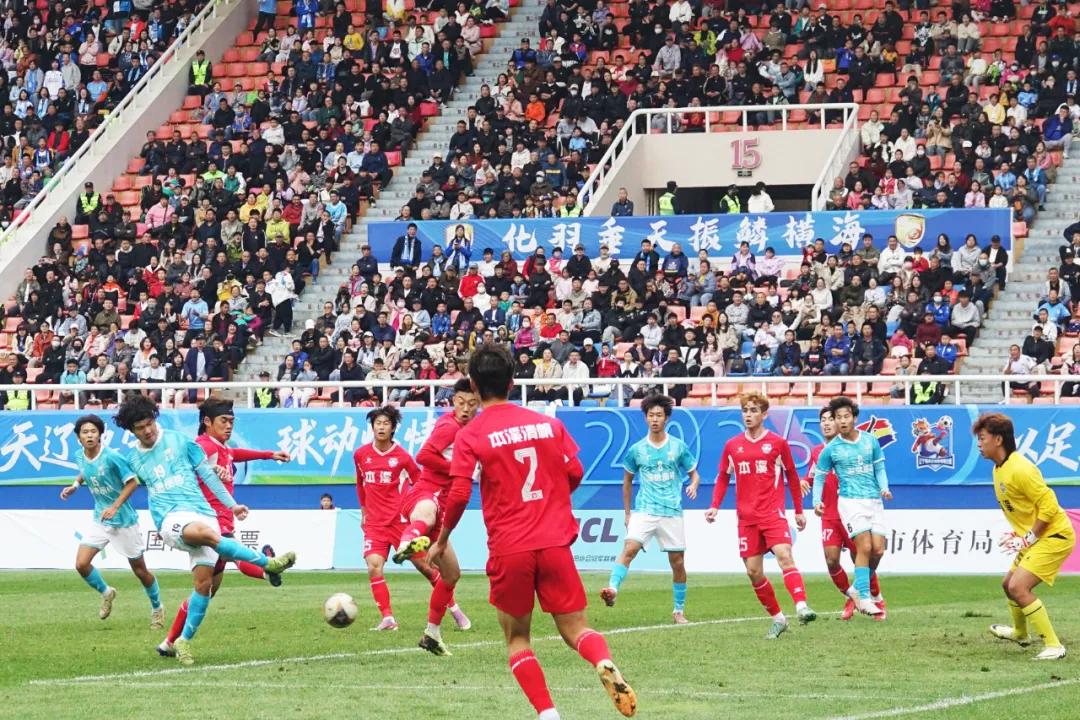
Liao Super League The Liaoning City Football Super Arena competition is in its second year, starting on September 12 with 16 teams from 14 cities in the province plus the Shenyang-Fushun Demonstration Zone and Heishan County. The regular season is divided into four groups, conducted as centralized tournaments. The northern zone is split into Shenyang and Fushun subzones, while the southern zone is based in Benxi. Quarterfinals are home-and-away knockouts, and the final four compete in an arena format to determine the champion.
Yu Super League The Chongqing City Football Super League opened on September 13. As a municipality, "Yu Super" includes 41 teams from all 38 districts and counties plus Liangjiang New Area, Western Science City, Chongqing High-tech Zone, and Wansheng Economic Development Zone, making it the city league with the most participating teams. In the first stage, these 41 teams are divided into five major zones playing single round-robin. The champions or runners-up from each zone advance to the quarterfinals, with quarterfinals and semifinals played over two legs and the final decided by a single match. The grand final is scheduled for March to April 2026.
Chuan Super League The Sichuan Province City League kicked off on September 20. With 21 cities and prefectures in Sichuan, the league features 21 teams. The regular season is divided into four zones with a double round-robin format, running from September to December. The final stage includes nine teams competing from March to June 2026. After the final champion is decided, they will face a combined team from 20 other clubs in a pinnacle showdown. Like other city leagues, the Chuan Super League is also very popular; for example, the day before the October 6 home match in Neijiang, local A-level tourist attractions saw a 20.08% year-on-year increase in visitors.
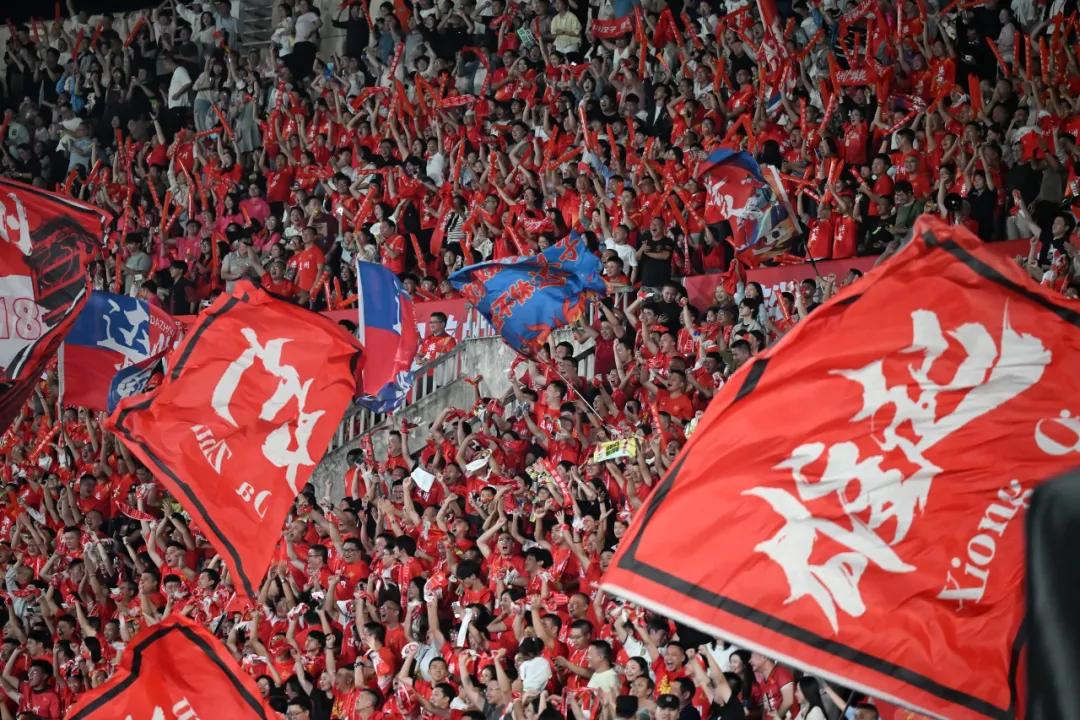
Qiong Super League The Hainan Province City Football League is scheduled to start on October 25 and will conclude in January 2026. The competition is divided into North and South zones, each with 9 counties and cities, playing a single round-robin. After the regular season, the top eight advance to knockout rounds. The "Qiong Super League" benefits from a winter climate that is very suitable for football.
Dian Super League The Yunnan Province City Football League will begin at the end of November and follows a cross-year schedule. The detailed fixture list has not yet been released.
Hebei Five-a-Side Super League Hebei Province also hosts a city league — the Hebei Province Five-a-Side Football Super League. Apart from being an indoor five-a-side competition, it shares similar features with other city leagues such as home-and-away matches and integration with cultural tourism. The first stage involves 14 cities playing a double round-robin, followed by an eight-team home-and-away knockout phase, and finally a national arena invitational tournament. The league started on August 10 and will continue until April 2026.
Due to differences in preparation and start times among provinces and cities, six leagues — "Su Super," "Qing Super," "Gan Super," "Meng Super," "Xiang Super," and "Liao Super" — have started and ended this year, while five others — "Yu Super," "Chuan Super," "Qiong Super," "Dian Super," and "Hebei Five-a-Side Super" — span across years.
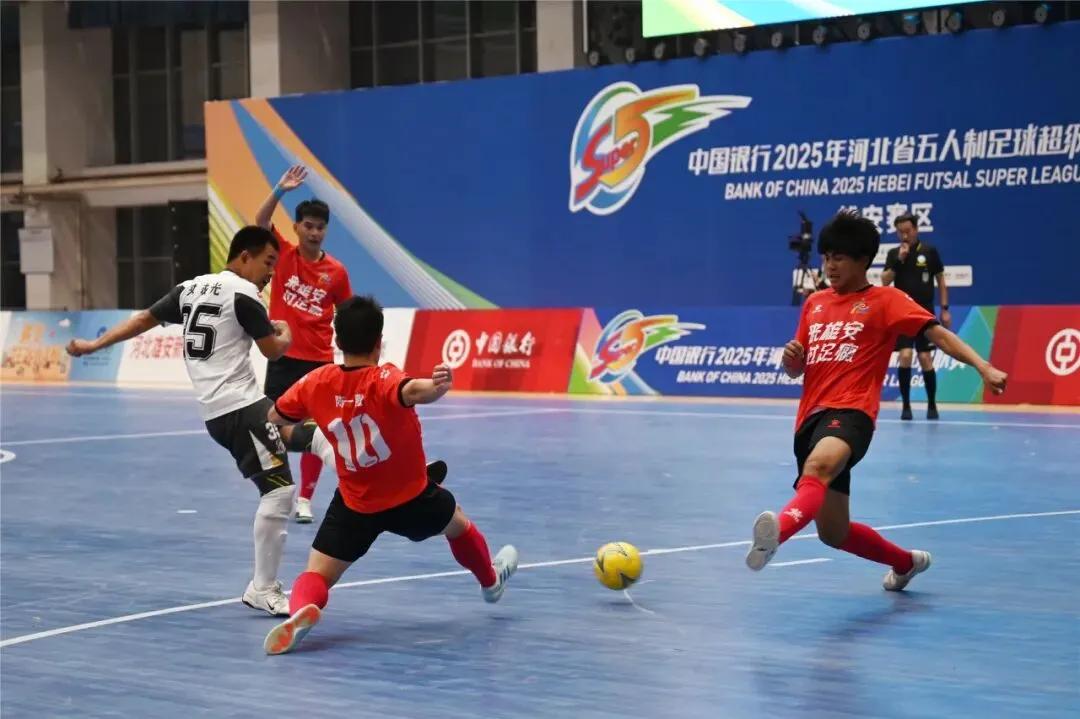

Currently, local social football competitions are divided into four main categories: city league systems, club league systems, grassroots league systems, and other types of social football events such as invitational tournaments.
(1) City League System. Besides the provincial and municipal city leagues mentioned above, city leagues at the prefecture level are also developing, with a typical example being the "Han Super League," or Wuhan City Football Super League. This competition was also restructured from a club amateur league to a city league this year, adopting a dual-track format of "Urban Group (16 teams) + University Group (8 teams)" divided into three zones: Hankou, Wuchang, and Hanyang. The format includes "zonal single round-robin + triple round-robin for the top three." Additionally, the Yangzhou City Football League (county group) in Jiangsu Province began on August 23, featuring 9 county-level teams playing 10 rounds of single round-robin matches.
(2) Club League System. This system refers to the amateur league segment of the Chinese football club pyramid, below the national professional leagues (Super League, League One, League Two) and national amateur leagues (Champion League), including provincial and municipal amateur club leagues. The currently popular leagues include Guangdong’s "Province Super League" and Shandong’s "Qilu Super League." Notably, to distinguish from city leagues like "Su Super," these provinces avoid using names like "Yue Super" or "Lu Super," which is a good practice. After the establishment of the "Su Super League," Jiangsu’s original club competitions were renamed the "Jiangsu Province Football Club Championship," abbreviated as "Su Crown." The Qingdao City Football Association’s city league, started in 2005 as part of the "Asia Vision" plan, also belongs to this category. Zhangjiakou City Super League even adopts a semi-professional model allowing foreign players and transfer systems.
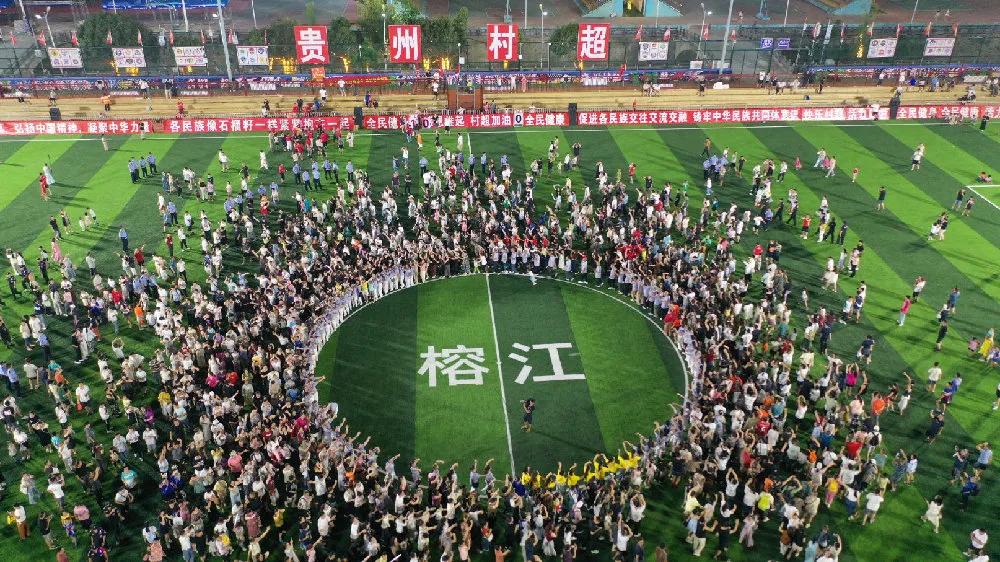
(3) Grassroots League System. A typical example is the "Village Super League," which launched its inaugural national competition in 2025. Numerous grassroots football events like "Village Super" are deeply rooted in communities, neighborhoods, and streets. It is worth noting that the China Football Development Foundation’s county-level social football competitions began in 2021, and by 2024, grassroots matches were held in 870 counties across 28 provinces, autonomous regions, municipalities, and the Xinjiang Production and Construction Corps, involving 10,086 teams. The number of participants grew from 89,000 in 2021 to 183,014, with 37,050 matches played. This year, competitions covered more than 900 county-level administrative regions.
(4) Other Types of Competitions. Other types mainly include invitational tournaments. For example, Guiyang hosted a city football invitational with 16 cities participating from September 19 to 25 this year. Such social football events are also numerous.
Regarding the classification of social football competitions, the main focus is on the first and second categories, namely provincial/municipal and prefecture-level city leagues and amateur club leagues, which require standardization in naming and scheduling. Comparatively, the third category of grassroots football is allowed to grow freely, while the fourth category is held sporadically.
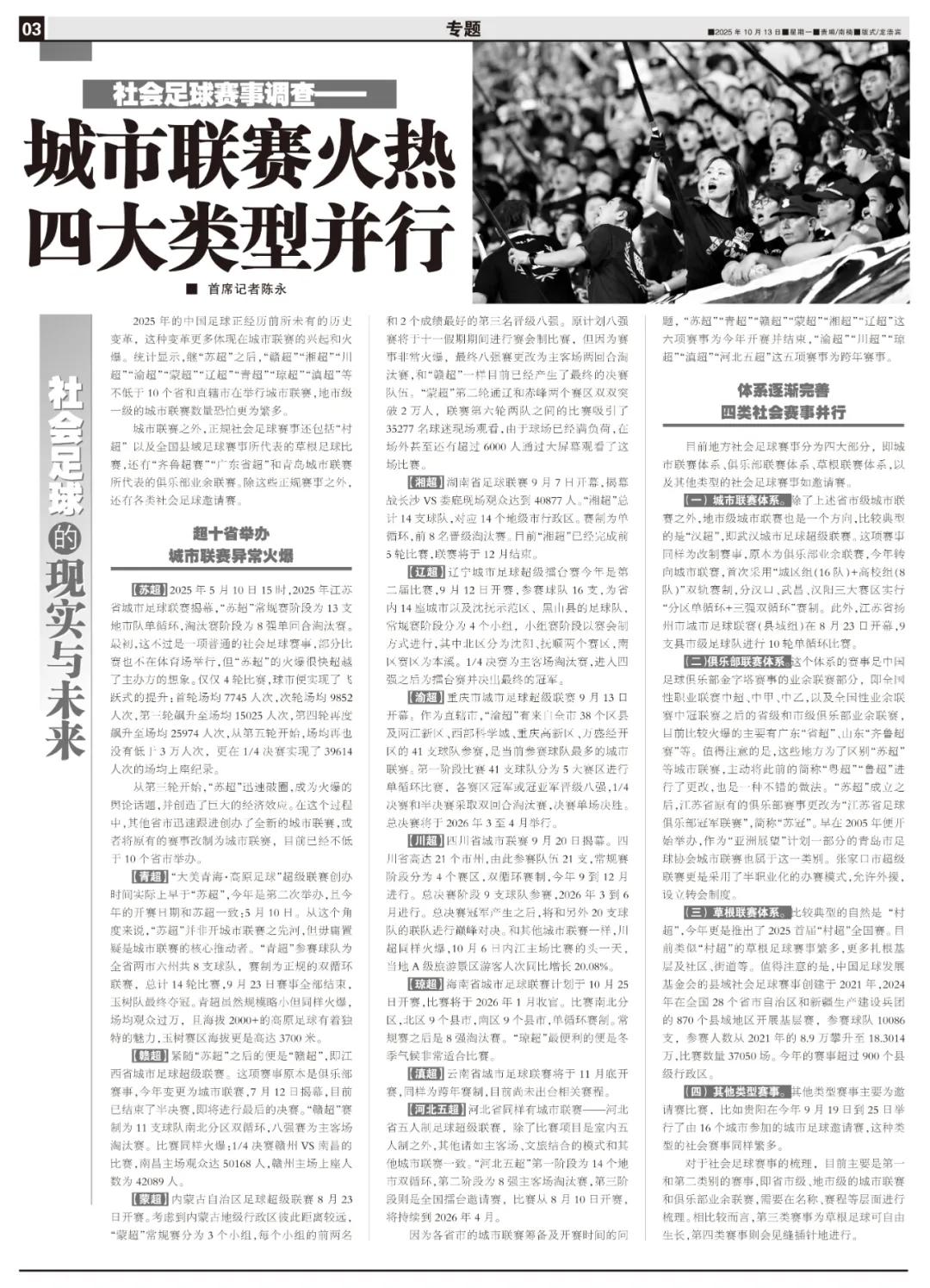


Wonderfulshortvideo
User PlaymakerHub has posted a video.








 Links
Links
 Contact
Contact
 App
App


